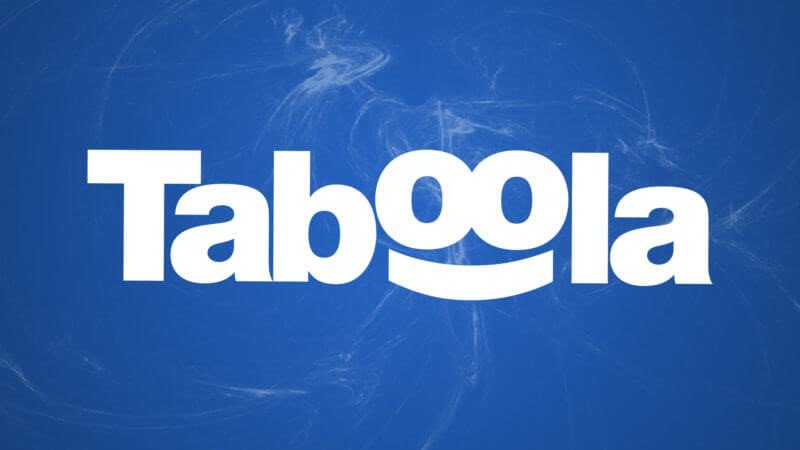Virtual cards simplify payment processes, enhance budget management, and improve security for online transactions, making them a popular choice for advertising. When working with platforms like Taboola, selecting the right card is crucial. This article explores key factors to consider when choosing a virtual card and highlights three optimal services for media spending.
Paying for ads on Taboola: 3 platforms for issuing virtual cards
Taboola allows advertisers to promote content through recommendations on third-party websites. To effectively manage advertising on Taboola, secure and convenient payment methods are essential. Below, we’ll review three popular services: PSTNET, Spendge, and Brocard.
1. PSTNET
PSTNET offers virtual cards tailored for advertising platforms, including specific cards for Taboola. Additionally, universal cards with a 3% cashback under the PST Private program can serve as a Taboola ad payment solution. PSTNET virtual cards for media spending provide essential features for efficient media buying and can be issued without limitations. Key benefits include no transaction fees, free withdrawals, and no charges for blocked or frozen cards.

Features:
- BINs: Over 25 verified BINs from US and European banks
- Pulse BIN Checker: A free tool with a database of over 500,000 BINs for card verification
- Card funding: Supports 18 cryptocurrencies (BTC, USDT TRC20, ERC20, etc.), SWIFT/SEPA bank transfers, and Visa/Mastercard top-ups
- Workflow management: Set card limits, assign tasks, and manage team roles
- Budget control: Access detailed financial reports
- Registration: Sign up via Apple ID, Google, Telegram, WhatsApp, or email
- Support: 24/7 assistance via Telegram, WhatsApp, and live chat.
2. Spendge
Spendge is a platform for creating and managing virtual cards. All cards are issued through the Visa payment system and are compatible with Taboola. Users can create an unlimited number of cards after completing registration and verifying their details. A standout feature of Spendge is its transparent fee structure. Internal transfers between accounts are free, while transaction fees are 1% + $0.30. Balance top-ups incur fees starting at 3%.

Features:
- ● BINs: 10 BINs from US and European banks
- ● Card funding: Supports USDT (TRC20, ERC20), BTC, SWIFT/SEPA transfers, Visa/Mastercard, Capitalist payments, and partner service transfers
- ● Workflow management: Create team accounts and allocate cards among members
- ● Budget control: Track all financial operations via a personal dashboard
- ● Registration: Submit personal details and wait for system verification, with real-time status tracking in the dashboard
- ● Support: Assistance available via Telegram or live chat
3. Brocard
MyBrocard issues Visa/Mastercard virtual cards for ad payments. These universal cards come with BINs compatible with Taboola. The first 50 cards can be issued free of charge. However, the service is available only in select countries.
Brocard cards have a fee structure based on declined transactions, with fees depending on the transaction size and the overall rejection rate. If the rejection rate exceeds 25%, the cards are blocked. Cards are issued instantly after a minimum account top-up of $500, credited to a unified user balance for funding cards.

Features:
- BINs: 20 BINs from US, European, and UK banks
- Card funding: Supports USDT (TRC20 and ERC20) and partner services
- Workflow management: Assign tasks, set card limits, and define roles
- Budget control: Access transaction histories and request detailed reports
- Registration: Complete a standard form and undergo KYC verification (upload a passport selfie). Verification typically takes 24 hours
- Support: 24/7 live chat support
Key considerations when choosing a virtual card for Taboola ads
- Fees and hidden costs:
Understanding all associated fees is critical. These include standard charges for balance top-ups or withdrawals and additional costs for international transfers or currency conversion. For Taboola ads, cards with transparent fee structures and no hidden charges are ideal.
- Top-up and withdrawal limits:
Advertising campaigns often require substantial funds. Cards with low limits may be inconvenient, especially for managing multiple campaigns simultaneously. Ensure the card’s limits align with your campaign’s scale.
- Support for multiple currencies:
For campaigns targeting international audiences, cards supporting multiple currencies can reduce conversion costs, making them more cost-effective for global campaigns.
- Instant transfers:
Taboola campaigns often require quick payments to adapt to real-time changes. Opt for cards that process transfers instantly to avoid disruptions.
- Security:
Payment security is paramount. Virtual cards often include multi-layer protection, such as 3D Secure, reducing the risk of fraud. Additionally, features like card blocking or replacement provide extra safety.
- Bonuses and cashback:
Some virtual cards offer cashback or commission discounts, which can significantly reduce overall advertising costs for long-term campaigns.
How to set up a virtual card for Taboola ads
- Register with the service, select a suitable plan, and create a card
- Complete the verification process if required
- Top up the card and link it to your Taboola account
- Monitor the card balance and set notifications to avoid exceeding your budget
Conclusion
Virtual cards are a powerful tool for paying for Taboola ads, offering security, expense control, and quick payments. This article reviewed three virtual card services: PSTNET, Spendge, and MyBrocard.
PSTNET provides 3% cashback cards with no transaction fees, making it a flexible choice for media spending. Spendge offers transparent fees and unlimited card creation but has slightly higher top-up and transaction charges. MyBrocard allows free issuance of the first 50 cards and instant card creation but operates in limited countries and has fees tied to transaction rejection rates.
When selecting a virtual card, consider fees, limits, currency support, transfer speed, security, and potential bonuses like cashback. The right choice depends on your campaign scale and preferences for fee structures and additional features.


